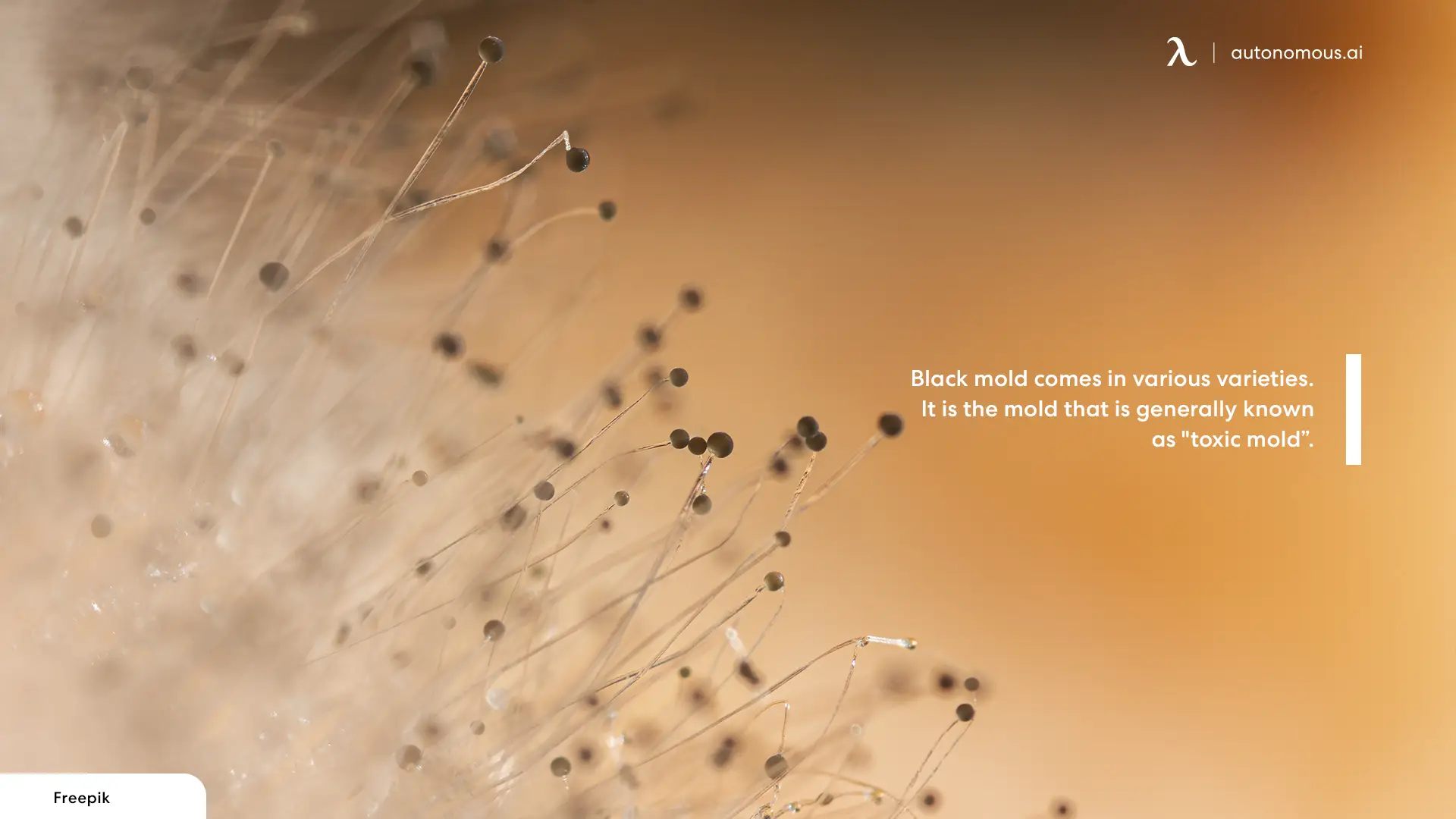
What Should You Do If You Find Mold on Wood Furniture
A frequent problem in many households is the growth of mold on wood furniture. People are sometimes unaware of how frequently it may develop in the home, even if that entails furniture, carpets, or the walls. Wooden surfaces can become stained and damaged by mold or mildew. Your favorite furniture object may need to be thrown out based on the damage, and your floors may need to be replaced.
Some of the riskier varieties might even harm the foundation of your house. This type of destruction can be expensive to repair. Additionally, many molds and fungus spores are dangerous to breathe in, particularly those with respiratory conditions. For all these factors, it is a smart option to maintain mold-free woodwork in your home.
This article will take you through a step-by-step mold cleaning guide to help you remove mold on wood furniture. Take the following detailed procedures to prevent mold on wood furniture and keep it from growing inside your residence if you ever find mildew or mold spores.
What Are The Different Types of Mold?

Mold may develop in the shadows where we cannot see it and in things we use regularly. Your basements, furnishings, carpeting, flooring, windows, walls, roofs, and sometimes even garments harbor mold growth. This might be harmful since mold can lead to a variety of illnesses, including respiratory difficulties, migraines, and effects on those who have asthma.
Black and red mold are two of the most common mold types you are most likely to encounter. We'll go over each in detail in this post to enable you to recognize them quickly and stop an infestation before everything gets out of hand!
- Black Mold on Wood Furniture: Black mold comes in various varieties. It is the mold that is generally known as "toxic mold." People often wonder if black mold on wood is dangerous, for individuals who are hypersensitive or allergic to mold may have problems from any mold. However, there is no evidence to support the notion that black mold has any additional hazard than other varieties or hues of mold. This kind can also be a shade of green. It thrives on materials including cotton, wood, as well as cardboard. It occasionally produces poisonous compounds, which are detected in the spores and fungal pieces that are released into the air.
- Red Mold on Wood Furniture: Red mold may be unattractive, but it's mostly safe if you're in excellent health. Encountering mold might lead to issues like bronchial discomfort if you are allergic or vulnerable to it. Infections in the epidermis, airways, eyes, and many other tissues can also be brought on by exposure. Accidentally eating mold might also lead to issues and breathing it in. So make sure to throw away anything that has red mold on it. Even if accidentally consuming red mold might not be hazardous, it's better to be cautious than sorry.
- White Mold on Wood Furniture: White mold on furniture is rather sneaky since it is frequently hard to detect before it is too late. Although less hazardous, it is more frequent than black mold. Although not life-threatening, this material could be unattractive. Maintaining your home dry and sanitary is essential to avoid this issue.
How to Get Rid of Mold on Wood Furniture?

Any mild mold you find on varnished or stained hardwood equipment may be just visible from the outside. By putting the furnishings in direct sunshine, you can eliminate it. You may also clean mold on wood furniture using dishwashing liquid, borax, purified white vinegar, or perhaps even vodka. But it would help if you started by vacuuming scattered particles with the brush connection to eradicate mold from wood. Choose one of the techniques listed below then:
- Sunlight: Putting hardwood in the bright sunlight outdoors efficiently eradicates mildew as well as musty smells. Anyplace there is humidity, a high relative moistness, and shadowy, mold microorganisms flourish. As a result, killing mold spores with daylight and fresh air is highly effective.
- Dishwashing Liquid: If moving the piece of wood for the desktop outdoors isn't workable, you might clean it using a watery dishwashing cleanser. In a container occupied with warm water, pool a large amount of dishwashing soap’s lather. Wash the troubled area carefully with a brush with soft spikes. After cleaning is complete, rinse the exterior by wiping it with a saturated towel. After removing the mildew, you may freshen the area with a dry cloth. You must redo the technique if the item still has mold.
- Use a Vinegar: Fill a plastic spraying bottle with distilled white vinegar, then abundantly mist the equipment. After an hour, clean the space down with an additional, moist towel.
- Use Some Vodka: Don't misuse the posh vodka; pour an inexpensive vodka into a spray flask and use it to treat the troubled area. After waiting 10 to 15 minutes, use a scrubber to clean the mold. Moving the equipment outdoors to dry in the daylight or opening windows to let garden-fresh air in is the best option. This will accelerate the drying method for the furniture pieces.
- Use Borax: If you wish to protect the wood table from mold, here is what you must do. You should combine one bottle of borax and a liter of water in a bucket. Use a fabric to blowout the solution, then jam the area until the mildew is gone. After that, use a fresh towel to smear away any remaining solution from the equipment. The equipment should then be left to dry, preferably in the sunlight. You can use a finish once the hardwood has dried fully.
People with humid climates should hire professionals to clean up their residences. Because if they don't, all of their personal belongings, including office accessories, can get affected by mold. Until the apartments are completely restored, you can invest in Autonomous WorkPod Versatile or Autonomous Pod ADU, which anyone can now attain at a discounted price through the brand's employee purchase program.
FAQs
Question: Is mold on wood furniture dangerous?
Answer: Mold on furniture pieces may be harmful to yourself and your families in addition to being ugly. The stinky smell that perhaps the allergen mold kind emits makes people cough and makes their allergy or bronchial problems worse.
Question: Is white mold on wood dangerous?
Answer: White mold, like most mold varieties, erodes the stiffness of a house or structure by chipping away at its base, much like fungus termites.
Question: Does vinegar kill mold on wood?
Answer: Mold cannot likely be removed from thin or permeable surfaces using vinegar. You'll probably need to change the carpeting or ceiling tiles if you find mold.
Question: Does bleach kill mold on wood?
Answer: Please be aware that you shouldn't use bleach to remove wood-borne mold.
Question: Is black mold on wood dangerous?
Answer: If consumed, mycotoxins of black mold can be harmful. There isn't a connection between lethal illnesses and breathed mycotoxins.
.svg)








